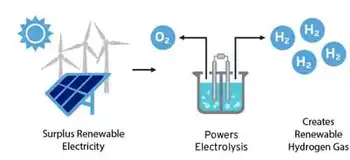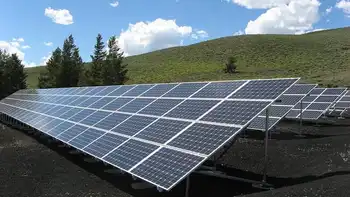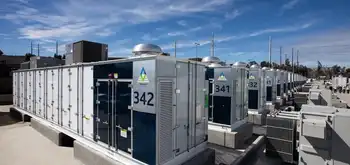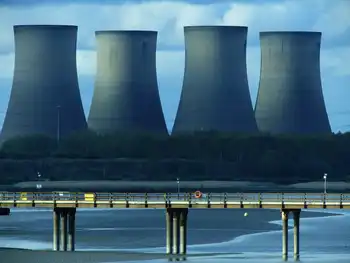AEP says it won't abandon coal plans
By Knight Ridder Tribune
Substation Relay Protection Training
Our customized live online or in‑person group training can be delivered to your staff at your location.

- Live Online
- 12 hours Instructor-led
- Group Training Available
That's about four years later than officials with the Columbus-based utility had hoped for when they announced plans for plants in Meigs County, Ohio, and Mason County, W.Va., in August 2004. But the company's top officer told shareholders at AEP's annual meeting that the utility is committed to the projects.
"Someone like AEP... needs to take that next step, so we can continue as a nation to enjoy that tremendous resource of coal," Michael G. Morris, chairman, president and chief executive, told shareholders at the meeting in Shreveport, La. The plants would capture many emissions from the burning of coal and could be retrofitted to capture carbon dioxide, which is linked to global warming.
Morris also stressed the importance of AEP's projects in Arkansas and Oklahoma to use more efficient oal-pulverizing technology that would generate more electricity and cut emissions. AEP has asked regulators in each state for permission to charge customers for the plants. Ohio officials approved the Meigs County site, but a decision on paying for the $1.3 billion operation has not been made.
Last year, state regulators approved AEP's request to charge customers to study the Meigs County site, but the Ohio Consumers' Counsel and the Industrial Energy Users-Ohio challenged the decision in court.
When it appeared that the project would cost more than expected, the utility told state officials it needed more time to find ways to cut costs. The West Virginia project was delayed for the same reason. AEP is the nation's largest consumer of coal, which provides about two-thirds of the electricity used by the utility's 5.1 million customers from Virginia to Texas. Morris also mentioned work at two existing plants that would remove carbon dioxide from missions after coal is burned.
Such projects are important because of changing winds in Washington. A U.S. Supreme Court decision this month could force AEP and other utilities to pay large penalties for modifying older coal plants without first installing air-pollution equipment.
There also is talk of new federal rules that could cap carbon dioxide e issions. Carbon legislation could pose challenges, even though AEP is doing the right thing with its new coal projects, said Robert Burns, a researcher at the National Regulatory Research Institute at Ohio State University. "It will not be business as usual, but they're already changing strategy in anticipation of the legislation," he said.











